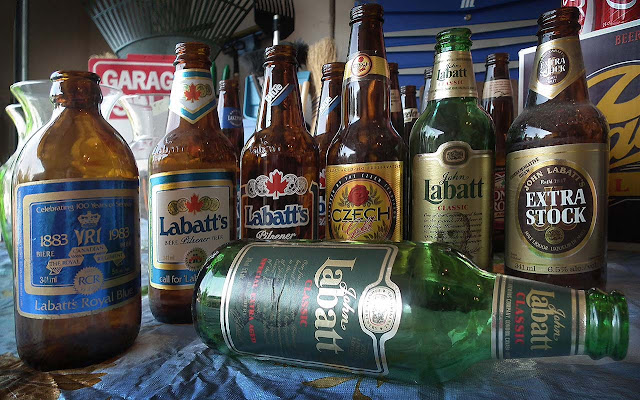Tree bracket fungus is often called shelf fungus for obvious reasons. And how long does bracket fungus live? As long as the host survives, the shelf will continue to grow. In other words, tree bracket fungus lives as long as the tree it infects.
This fungus is pretty but it is also dangerous -- mostly to trees. Over time the fungus attacks the integrity of the infected tree. In the woods, a weakened, falling tree is not a problem but in one's backyard a lot of property damage could result.
If one or more branches are involved, removal of the limb or limbs is recommended. Beyond that, there is little one can do. Unfortunately, there is no treatment for this destructive, contagious tree disease. Diseased trees should be taken down.
The shelf fungus doesn't look so pretty anymore, eh?
Read more at Gardening Know How: Tree Bracket Fungus – Learn About Prevention And Removal Of Bracket Fungus https://www.gardeningknowhow.com/ornamental/fungus-lichen/tree-bracket-fungus.htm
Read more at Gardening Know How: Tree Bracket Fungus – Learn About Prevention And Removal Of Bracket Fungus https://www.gardeningknowhow.com/ornamental/fungus-lichen/tree-bracket-fungus.htm
Read more at Gardening Know How: Tree Bracket Fungus – Learn About Prevention And Removal Of Bracket Fungus https://www.gardeningknowhow.com/ornamental/fungus-lichen/tree-bracket-fungus.htm
Read more at Gardening Know How: Tree Bracket Fungus – Learn About Prevention And Removal Of Bracket Fungus https://www.gardeningknowhow.com/ornamental/fungus-lichen/tree-bracket-fungus.htm
Read more at Gardening Know How: Tree Bracket Fungus – Learn About Prevention And Removal Of Bracket Fungus https://www.gardeningknowhow.com/ornamental/fungus-lichen/tree-bracket-fungus.htm
Read more at Gardening Know How: Tree Bracket Fungus – Learn About Prevention And Removal Of Bracket Fungus https://www.gardeningknowhow.com/ornamental/fungus-lichen/tree-bracket-fungus.htm
Read more at Gardening Know How: Tree Bracket Fungus – Learn About Prevention And Removal Of Bracket Fungus https://www.gardeningknowhow.com/ornamental/fungus-lichen/tree-bracket-fungus.htm
Read more at Gardening Know How: Tree Bracket Fungus – Learn About Prevention And Removal Of Bracket Fungus https://www.gardeningknowhow.com/ornamental/fungus-lichen/tree-bracket-fungus.htm
Read more at Gardening Know How: Tree Bracket Fungus – Learn About Prevention And Removal Of Bracket Fungus https://www.gardeningknowhow.com/ornamental/fungus-lichen/tree-bracket-fungus.htm






























